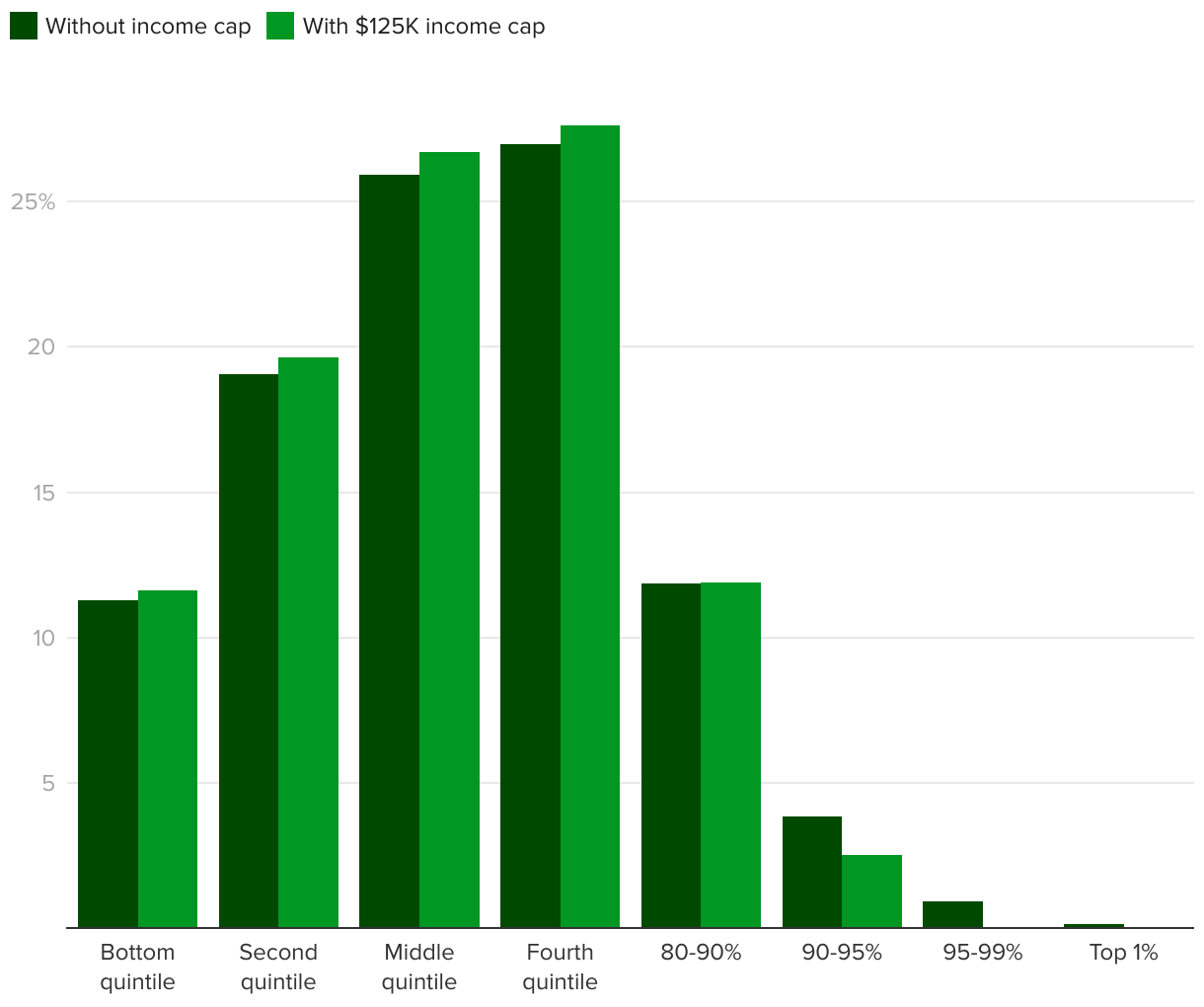Forgiving up to $20,000 in student debt could cost the U.S. $519 billion
The Biden administration on Wednesday announced a long-awaited plan to cancel up to $10,000 in federal student loan debt for millions of Americans and up to 20,000 for low-income borrowers.
The total cost of forgiving that debt could mount to $519 billion, according to an updated analysis from the Penn Wharton Budget Model, a group of economists and data scientists at the University of Pennsylvania who analyze public policy to assess its economic and fiscal impact. An earlier analysis from the group was based on the assumption that the Biden administration would provide relief of only up to $10,000 to borrowers.
The Biden plan, though, included an unexpected twist: Extra relief for people who received Pell Grants, which are given to low-income students. Because these borrowers will receive up to $20,000 of loan forgiveness, double the amount of other borrowers, that will both increase the cost of the program and make it more progressive. Most of the program's benefit will accrue to low- and middle-income workers, the updated analysis found.
"About 75% of the benefit falls to households making $88,000 or less per year," the economists noted.
Previously, the analysis had estimated that more than two-thirds of the debt forgiveness would help people in the top 60% of the income distribution, or those who earn $82,400 or more per year. According to the Federal Reserve Bank of St. Louis, median household income in the U.S. in 2020 was roughly $67,500.
The Biden student-debt relief plan has sparked a backlash among Republicans, some Democrats and even some economists.
Some experts have raised concerns that forgiving student loans may effectively penalize people who already paid off their debt, often while making considerable financial sacrifices. Some economists have flagged concerns that the program could add fuel higher inflation, although Wall Street analysts say that debt relief isn't likely to do so, partly since repayments for most student debt will restart in January.
College grads typically earn more than people with high school degrees — a boost that can amount to $1 million in additional income over the course of their careers compared with people without a bachelor's degree, one analysis found.
At the same time, college grads have been weighed down by their loans, with more than 40 million Americans holding a combined $1.7 trillion in debt. Those loans have taken a toll on the economy as they force many grads to delay major financial and life milestones, such as buying a home or starting a family.
Some consumer advocates and grads have argued that $10,000 in loan forgiveness is insufficient, noting that the average amount of debt held by grads is about $38,000.

